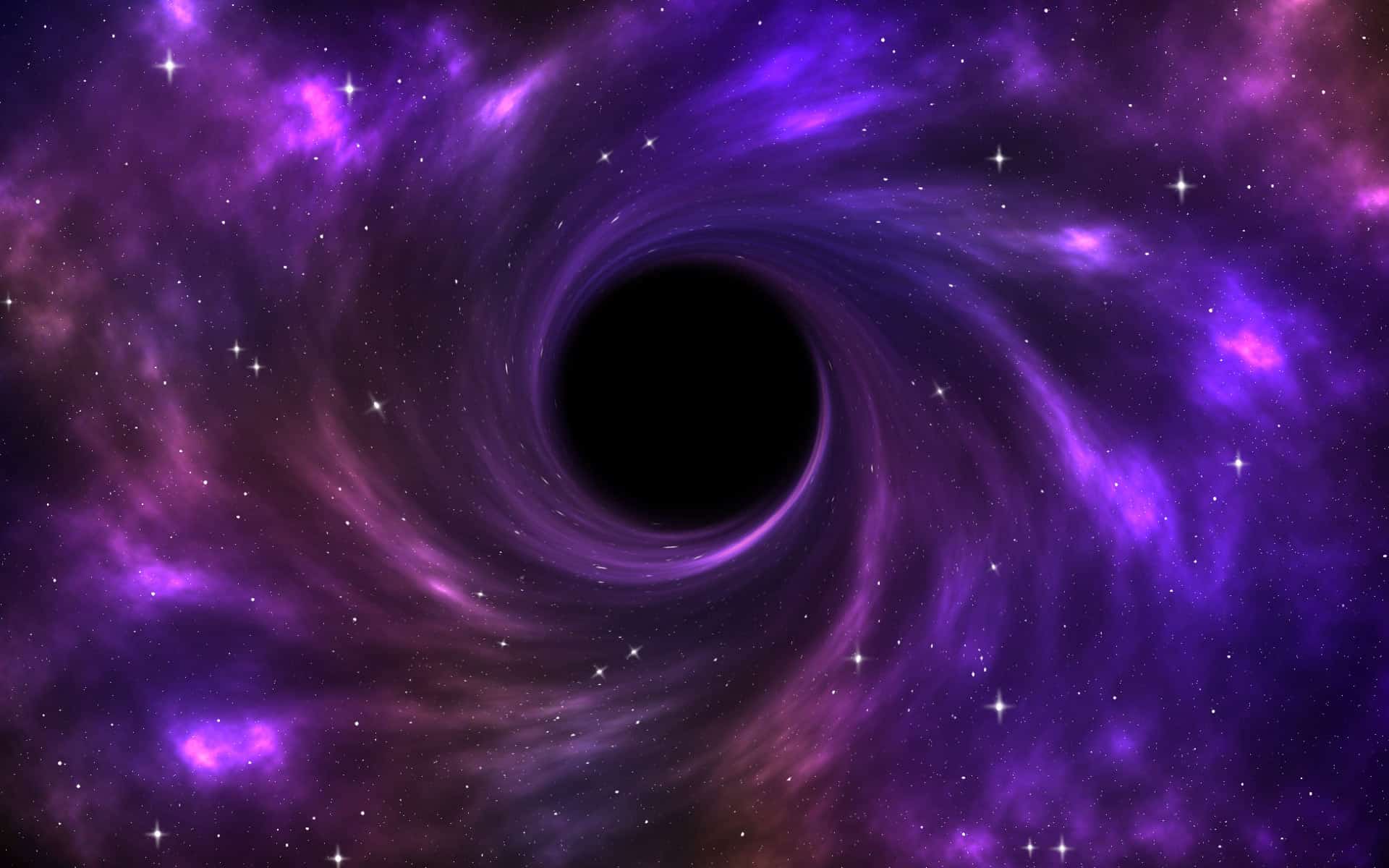
An international team of astronomers has detected seven fast-moving stars in Omega Centauri region. These stars provide compelling new evidence for the presence of an intermediate-mass black hole.
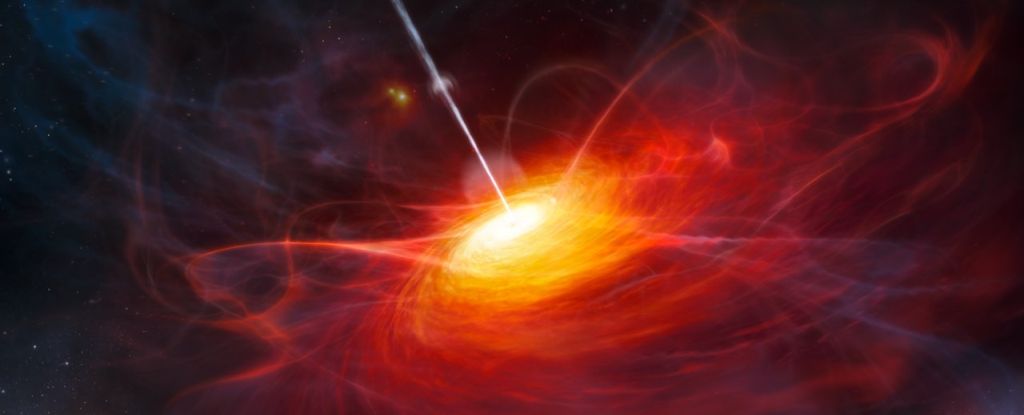
A black hole discovered lurking in the Cosmic Dawn is just way too big to easily explain.
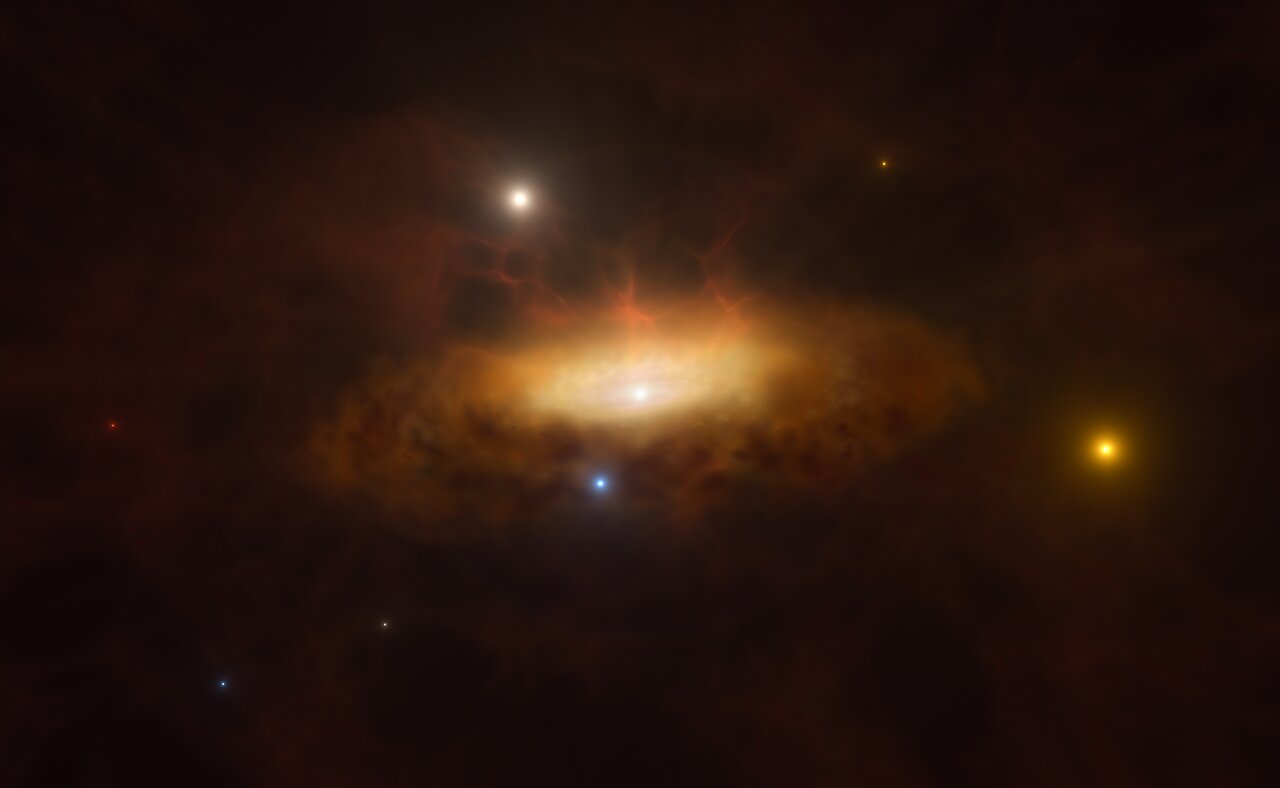
In late 2019 the previously unremarkable galaxy SDSS1335+0728 suddenly started shining brighter than ever before. To understand why, astronomers have used data from several space and ground-based observatories.
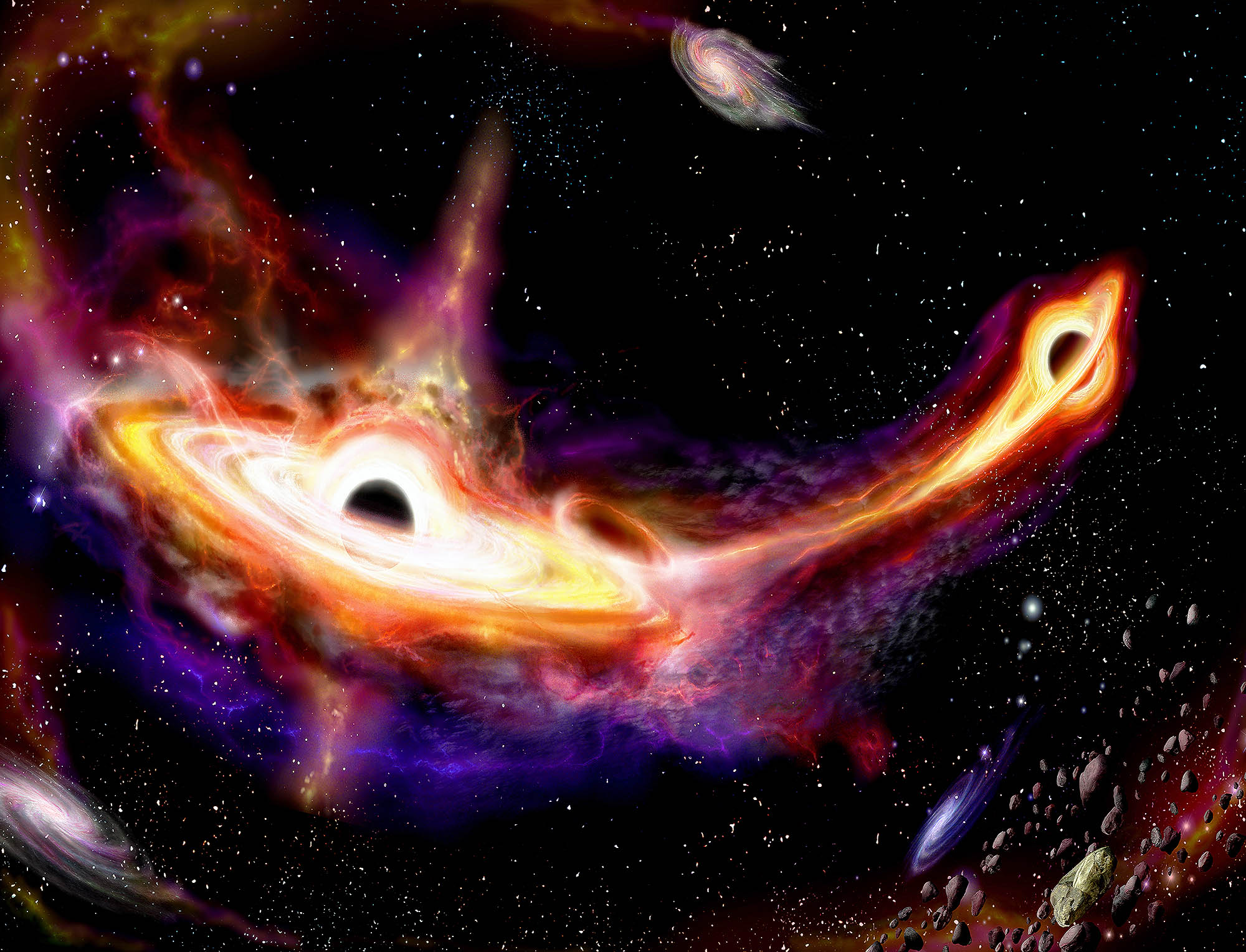
Astronomers discovered the first pair of merging quasars from the Cosmic Dawn, 900 million years after the Big Bang.
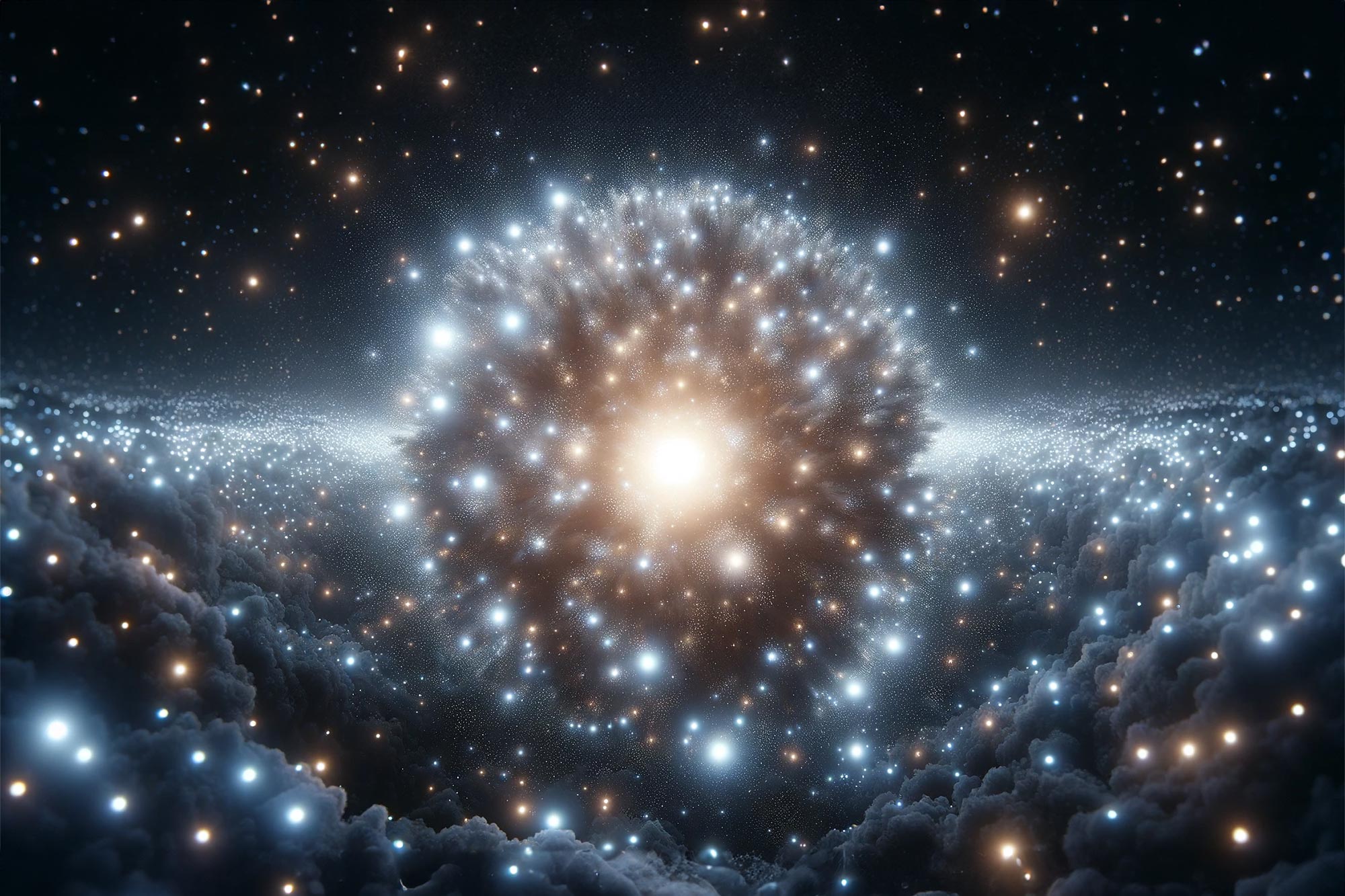
New research demonstrated a possible formation mechanism of intermediate-mass black holes in globular clusters, star clusters that could contain tens of thousands or even millions of tightly packed stars.
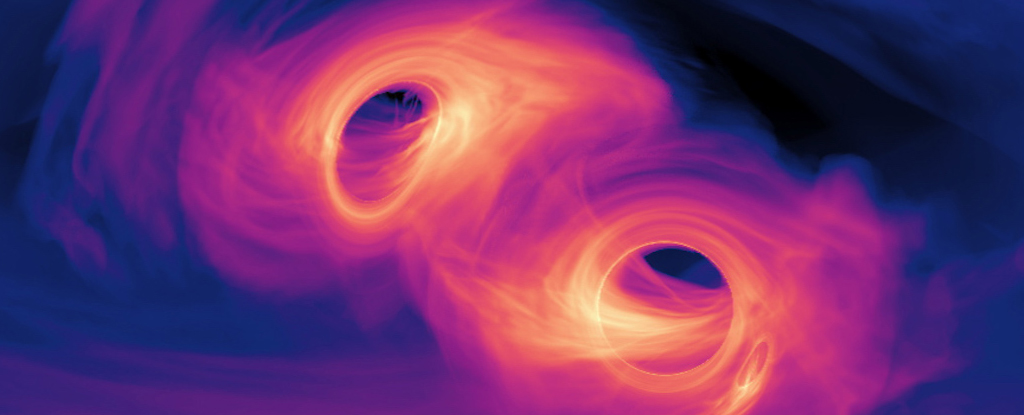
The researchers say that these black holes mergers are a window into Hawking Radiation. When black holes merge, they may create so-called "morsel" black holes the size of asteroids that are ejected into space.
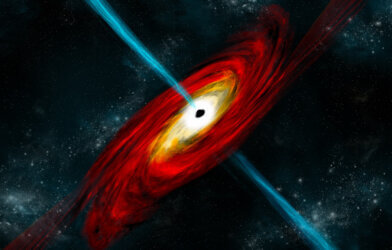
It turns out that certain black holes act just like the terrifying sci-fi battle station, spinning around to fire giant beams at various targets in the cosmos.
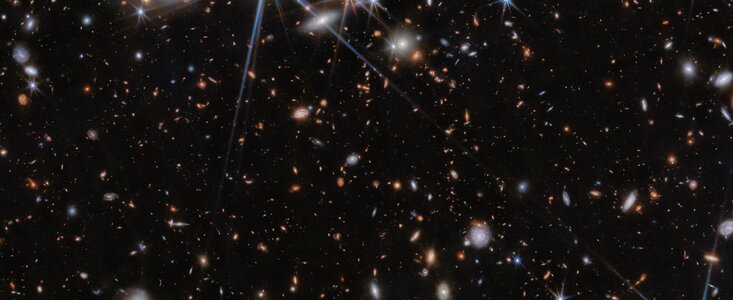
An international team of astronomers have used the NASA/ESA/CSA James Webb Space Telescope to find evidence for an ongoing merger of two galaxies and their massive black holes when the Universe was only 740 million years old.
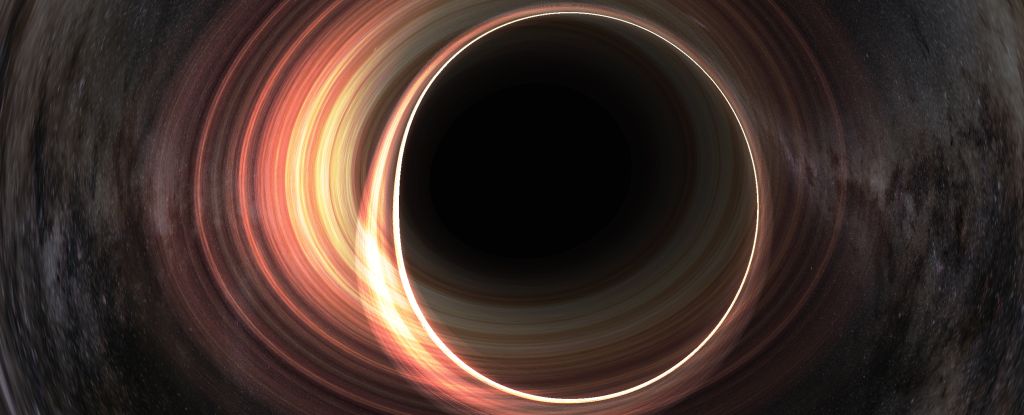
The University of Amsterdam created the black hole event horizon to study the behaviour of a black hole in an controlled environment.

The largest stellar black hole in the Milky Way galaxy has been found by the European Space Agency’s Gaia mission. And it is extraordinarily close to Earth.

A gravitational wave detected in May of last year has given us a type of cosmic collision we've never seen before.

Data from the Gaia Space Telescope was used to identify quasars, the intensely bright young galaxies fueled by black holes.

A new image from the Event Horizon Telescope (EHT) collaboration has uncovered strong and organised magnetic fields spiraling from the edge of the supermassive black hole Sagittarius A* (Sgr A*).

Scientists have for the first time created a giant quantum vortex to mimic a black hole in superfluid helium that has allowed them to see in greater detail how analog black holes behave and interact with their surroundings.

A galaxy some 750 million light-years away has been discovered hosting the heftiest pair of supermassive black holes we've ever seen.